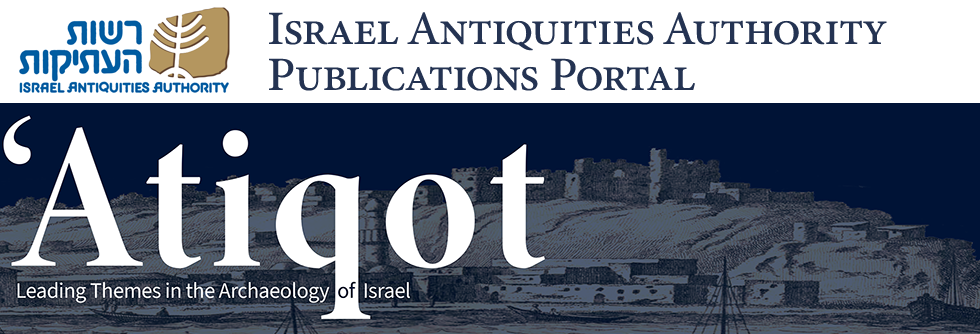Abstract
The Late Chalcolithic period in the Southern Levant, mainly the Ghassulian culture (mid-fifth–mid-fourth millennia BCE), heralded a new and unique trajectory in craft specialization, with ivory objects, including figurines, tools and vessels, among the outstanding ones. Hippopotamus and elephant ivory, probably of varied geographic provenience, were the raw materials employed. This paper presents two recently excavated ivory caches from the Late Chalcolithic sites of Ḥorbat Raqiq and Yavne (East), and reviews Chalcolithic ivories from this region. Additionally, a systematic microscopic analysis to determine the taxonomic identification of raw material and typological classification of each artifact is presented, offering novel perspectives on the origins of ivory within the context of contemporary Levantine-Egyptian interactions.
Keywords
Late Chalcolithic, Ghassulian culture, Egypt, Badarian culture, craft specialization, elephant ivory, hippopotamus ivory
Recommended Citation
Shochat, Harel; Kolska Horwitz, Liora; Levi-Hevroni, Avishay; Pasternak, Martin D.; Betzer, Pablo; Varga, Daniel; Abadi-Reiss, Yael; Negnevitsky, Olga; Naor, Ilan; and Milevski, Ianir
(2025)
"Researching Chalcolithic Ivories from the Southern Levant: Craft Items for Ritual, Prestige and Exchange,"
'Atiqot: Vol. 118, Article 2.
DOI: https://doi.org/10.70967/2948-040X.2314
Available at:
https://publications.iaa.org.il/atiqot/vol118/iss1/2
Included in
Agriculture Commons, Biblical Studies Commons, History of Art, Architecture, and Archaeology Commons

